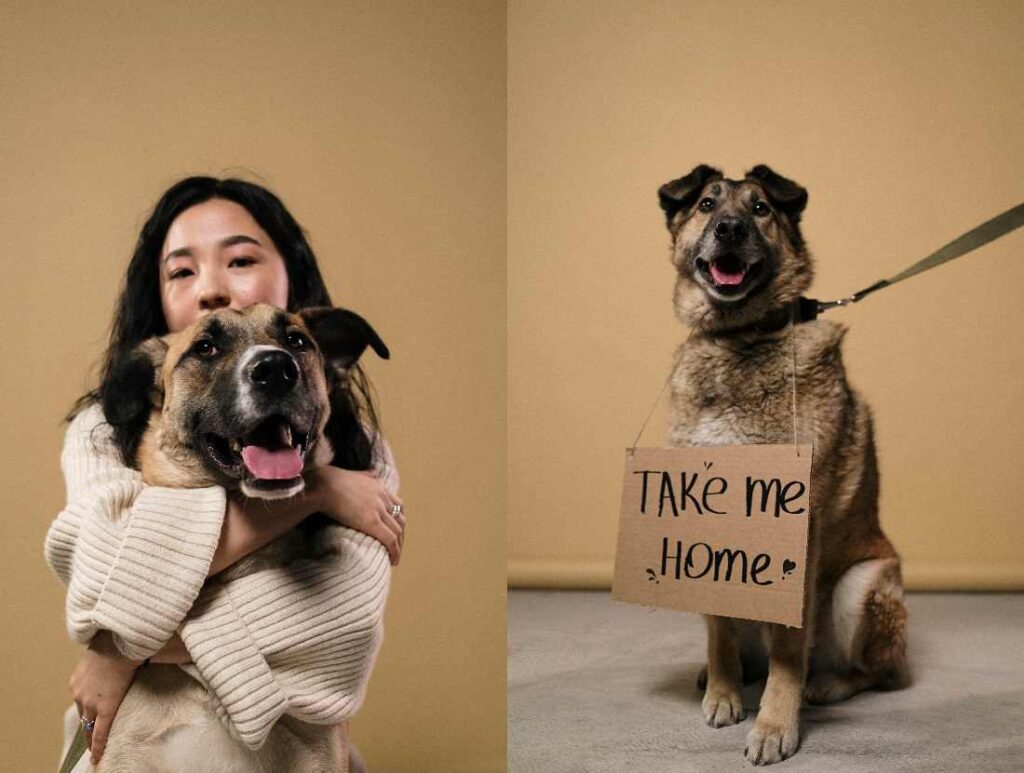
The first modern dog show took place on 28–29 June 1859 in Newcastle upon Tyne and was little more than a side attraction to the annual cattle exhibition. It was a low-key, country-flavored affair, with only hunting dogs competing and the prizes on offer being sporting guns. In the 160-odd years since then, this small-time agrarian exhibition has evolved into the standardized conformation dog show we know and love today.
While a great deal has changed in that time, many dog-showing traditions trace their roots back to those humble beginnings. That’s why many rules and regulations can seem a little arcane to modern dog owners who want to learn how to show a dog.
If you want to get your pooch started in dog shows but don’t know how this simple primer is the best place to start.
What Is a Conformation Dog Show?
While most people refer to these kinds of competitions merely as “dog shows”, the correct technical term is “conformation”. Also known as breed shows, these are competitions that judge purebred dogs based on their physical appearance, or conformation, to their breed standard.
That’s one of the big misconceptions that would-be handlers need to overcome.
If you’ve only ever seen the television coverage of one of the major shows, you might get the impression that these are little more than dog beauty pageants. But that implies that the dogs are being judged against one another. In reality, each dog is judged against the official standards of their breed.
These standards are set by the governing bodies that administer regional or national dog shows. In the United States, the American Kennel Club is responsible for sanctioning conformation shows, along with other dog sports like agility trials, herding trials, and the like.
These sets of guidelines describe the ideal physical characteristics of the breed and identify the unique traits that make a breed what it is. So for example, it’s their set of standards that determine how a bloodhound is distinct from a basset hound. These standards include factors such as height, weight, coat type, eye color, and overall appearance.
Dogs are judged this way because, hypothetically, the dog that best adheres to its breed standards will be the best able to produce the next generation of purebred pups. That’s why dogs who have been spayed or neutered are ineligible to compete.
Eligibility Requirements
Besides not allowing spayed or neutered dogs to compete, the American Kennel Club places several restrictions on would-be competitors.
First, the dog must be of a breed recognized by the club. To prove that they’re purebred specimens, each contestant has to be registered with the club before they can enter club events.
Each dog must be six months or older on the day the show takes place. They need to be in good health and up-to-date on their vaccinations. They cannot have any disqualifying faults or defects, as specified by their breed standards.
Preparing Yourself
As a potential exhibitor, it’s key that you familiarize yourself with the reality of a conformation event. The best way to do that is to start attending shows as a spectator.
Attending as many events as possible will help you learn the exhibiting and judging process. It will also give you a chance to experience the camaraderie between the spectators in the stands and the competitors.
Being among like-minded dog lovers may further inspire you to compete. You may even make new friends who can help mentor you going forward.
Preparing Your Pup
Before you consider entering your show dog in a competition, they should be well-versed in basic behaviors. This list of tricks for your dogs covers essentials like being able to sit, stay, and come when they’re called. Learning these is a good way to prime them for more complex show behaviors.
Your pup should also be very comfortable around other dogs. Remember, a large dog showing may have hundreds of other contestants. If your dog isn’t well-socialized, this can be an overwhelming experience.
The American Kennel Club recommends taking young dogs out to dog parks or other social areas to help them socialize at an early age. You’ll also want to take them to an official conformation class to learn the specific behaviors they’ll need for competition. Most local clubs put on these training sessions regularly.
Grooming is essential for preparing a show dog for an exhibition. Make sure your pooch is clean, well-groomed, and well-conditioned before the event.
How Conformation Dog Shows Are Judged
Show dogs are examined by a panel of expert judges. These adjudicators often specialize in select breeds and are selected for their experience, knowledge, and expertise.
The judges will examine each dog one at a time. They may ask the handler to move the dog around to get a better view of its gait and movement. This is why it’s so important to make sure a dog is well-trained in show behavior.
The judges will inspect the dog’s overall structure and condition. They’ll pay particular attention to the musculature, coat, and general body shape.
They will also evaluate the dog’s temperament and behavior, looking for dogs that are confident, well-behaved, and have a good disposition.
Dogs are divided not only by breed but into classes based on age, gender, and experience. The judges use a point system to score each dog, with the highest-scoring dog declared the winner of the class.
The winners from each class then go on to compete against each other for Best of Breed. This process continues until a dog is crowned Best in Show.
Set Your Dog Up for Success
A conformation dog show is about showcasing the finest examples of each breed. It’s also a chance for breeders and handlers to share their passion for dogs. You’ll be going up against some of the most dedicated dog lovers you could ever meet, and it will take hard work, dedication, and attention to detail to compete.
At the end of the day, pedigree plays as great of a role as training and preparation. To make sure you’re competing on equal footing, check out our blog posts on every major dog breed and how to find a certified breeder near you.


